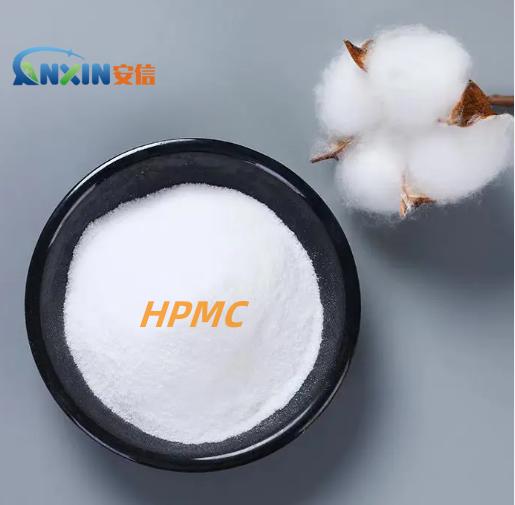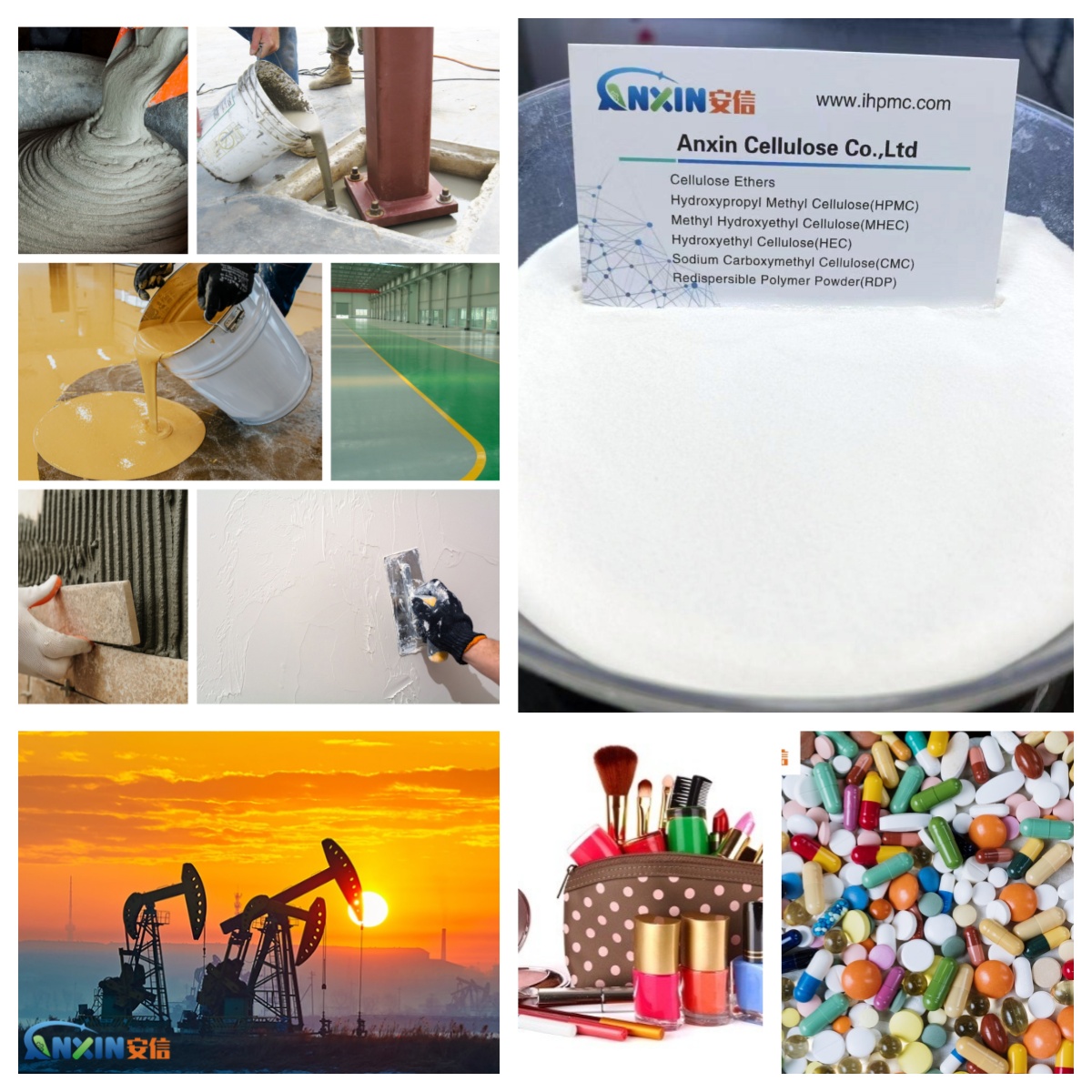Hydroxypropyl methylcellulose (HPMC) is a commonly used cellulose derivative with a wide range of applications, especially in the fields of pharmaceuticals, cosmetics, food, and building materials. It is not a solvent, but a water-soluble polymer that can dissolve in water and form a transparent colloidal solution. The solubility of AnxinCel®HPMC depends on the number and position of methyl and hydroxypropyl substituents in its molecular structure.

1. Basic properties of hydroxypropyl methylcellulose
Hydroxypropyl methylcellulose is obtained by methylation and hydroxypropylation of cellulose. Cellulose itself is a natural high-molecular polysaccharide that exists in plant cell walls. The chemical structure of HPMC is mainly composed of glucose units, which are long-chain molecules connected by β-1,4 glycosidic bonds. In this molecular structure, some hydroxyl groups are replaced by methyl (-OCH₃) and hydroxypropyl (-C₃H₇OH), giving it good solubility and other physical and chemical properties.
The solubility of HPMC is affected by the molecular structure and usually has the following characteristics:
Water solubility: HPMC can form a viscous solution in water and dissolves quickly. Its solubility is closely related to the temperature of water and the molecular weight of HPMC.
High viscosity: At a certain concentration, the solution of HPMC shows a higher viscosity, especially at high molecular weight and high concentration.
Thermal stability: HPMC has good stability at a certain range of temperatures and is not easy to decompose, so it has certain advantages in the thermal processing process.
2. Solubility of HPMC
HPMC is a water-soluble substance, but it is not dissolved by all solvents. Its dissolution behavior is related to the polarity of the solvent and the interaction between the solvent molecules and the HPMC molecules.
Water: HPMC can be dissolved in water. Water is its most common solvent, and during the dissolution process, AnxinCel®HPMC molecules will form hydrogen bonds with water molecules to achieve dissolution. The degree of dissolution is affected by factors such as the molecular weight of HPMC, the degree of methylation and hydroxypropylation, temperature, and the pH value of water. Usually, the solubility of HPMC is the best in a neutral pH environment.
Organic solvents: HPMC is almost insoluble in most organic solvents, such as alcohols, ethers, and hydrocarbons. This is because its molecular structure contains hydrophilic hydroxyl groups and lipophilic methyl and hydroxypropyl groups. Although it has a strong affinity for water, it has poor compatibility with most organic solvents.
Hot water solubility: In warm water (usually 40°C to 70°C), HPMC dissolves quickly and the dissolved solution exhibits a high viscosity. As the temperature further increases, the dissolution rate and solubility will increase, but at very high temperatures, the viscosity of the solution may be affected.

3. Application of HPMC
Due to its good water solubility, low toxicity, and adjustable viscosity, HPMC is widely used in various industries.
Pharmaceutical industry: In the pharmaceutical industry, HPMC is widely used in sustained-release preparations of drugs, tablet molding, gels, and drug carriers. It can help drugs stably dissolve in water and regulate the rate of drug release.
Food industry: HPMC, as a food additive, is commonly used for emulsification, thickening, and moisturizing. In baked goods, it can improve the ductility and stability of dough. HPMC is also commonly used in ice cream, beverages and low-fat foods.
Construction industry: In the construction industry, HPMC is often used as a thickener for building mortar, which can improve the construction performance, water retention and bonding strength of mortar.
Cosmetics: In cosmetics, AnxinCel®HPMC is mainly used as a thickener, suspending agent and stabilizer, and is widely used in products such as face creams, shampoos, and shower gels.
HPMC is a water-soluble and highly viscous cellulose derivative that can form a transparent colloidal solution in water. It is not a solvent, but a high molecular compound that can dissolve in water. Its solubility is mainly manifested in good solubility in water, but insoluble in most organic solvents. These characteristics of HPMC make it widely used in many industries, including pharmaceuticals, food, construction, and cosmetics.
Post time: Feb-17-2025